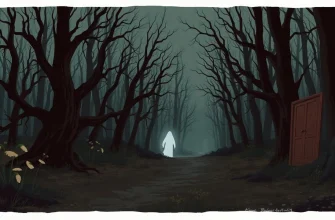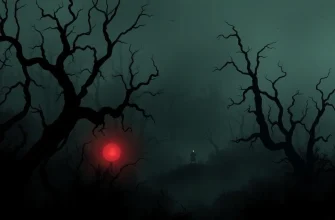Mexican cinema has a rich tradition of horror films that blend folklore, urban legends, and unique cultural elements to create unforgettable experiences. This curated list of 10 Mexican horror films offers a thrilling journey through the eerie and the supernatural, each with an English dub or subtitles, ensuring that fans of the genre can enjoy these cinematic gems regardless of language barriers. From ghostly tales to psychological thrillers, these films showcase the diversity and creativity of Mexican horror.

The Orphanage (2007)
Description: This film is a haunting tale of a woman who returns to her childhood home, now an orphanage, only to uncover dark secrets and ghostly presences. Its inclusion in this list is due to its masterful blend of psychological horror and supernatural elements, making it a standout in Mexican horror cinema.
Fact: The film was Spain's official selection for the Best Foreign Language Film at the 80th Academy Awards. It was also produced by Guillermo del Toro.
 Watch Now
Watch Now 
We Are What We Are (2010)
Description: After the death of their father, a family must continue their cannibalistic traditions. This film's dark exploration of family dynamics and societal norms through the lens of horror makes it a unique entry.
Fact: It was remade in English in 2013, but the original Mexican version is considered more raw and intense.
 Watch Now
Watch Now 
Here Comes the Devil (2012)
Description: A couple's vacation turns into a nightmare when their children disappear and return with eerie changes. This film's unsettling atmosphere and exploration of possession make it a must-watch for horror enthusiasts.
Fact: The film was inspired by a real-life story of a missing child case in Mexico. It was also banned in Mexico for a brief period due to its graphic content.
 Watch Now
Watch Now 
The Untamed (2016)
Description: This film intertwines themes of sexuality, family, and extraterrestrial life in a way that's both shocking and thought-provoking, earning its place in this list for its daring narrative.
Fact: It won the Silver Lion for Best Director at the 73rd Venice International Film Festival.
 Watch Now
Watch Now 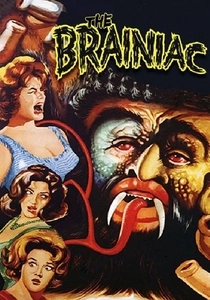
The Brainiac (1962)
Description: A nobleman returns from the dead as a monstrous creature to exact revenge, using his long tongue to suck out brains. Its campy horror style and unique monster design make it a cult classic.
Fact: The film was directed by Chano Urueta, known for his contributions to Mexican horror cinema.
 Watch Now
Watch Now 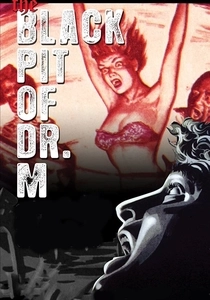
The Black Pit of Dr. M (1959)
Description: A mad scientist experiments with the souls of the dead, leading to a series of terrifying events. Its blend of science fiction and horror, along with its historical context, makes it a notable entry.
Fact: The film features a young Enrique Guzmán, who later became a famous Mexican singer.
 30 Days Free
30 Days Free 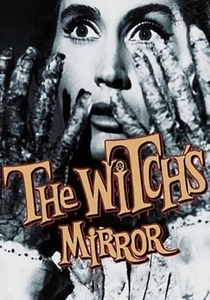
The Witch's Mirror (1962)
Description: A woman uses witchcraft to bring her dead sister back to life, leading to a series of supernatural events. Its exploration of witchcraft and revenge through a horror lens makes it a compelling watch.
Fact: The film was part of a wave of Mexican horror films in the 1960s that often dealt with themes of witchcraft and the supernatural.
 30 Days Free
30 Days Free 
The Book of Stone (1969)
Description: A classic Mexican horror film about a woman who inherits a book that can turn people into stone. Its gothic atmosphere and timeless horror elements make it a fascinating watch.
Fact: The film was directed by Carlos Enrique Taboada, who is often referred to as the "Mexican Hitchcock."
 30 Days Free
30 Days Free 
The Similars (2015)
Description: Set in 1968, this film follows passengers at a bus station who are trapped by a storm, only to find themselves facing a mysterious phenomenon. Its unique setting and eerie premise make it a compelling addition to this list.
Fact: The film was shot in black and white, adding to its eerie, retro feel. It also features a cameo by the director, Isaac Ezban.
 30 Days Free
30 Days Free 
The Curse of the Crying Woman (1960)
Description: This film brings to life the legend of La Llorona, a weeping ghost who haunts the riverbanks. Its cultural significance and chilling narrative make it an essential part of Mexican horror cinema.
Fact: It was one of the first Mexican films to be dubbed into English for international distribution.
 30 Days Free
30 Days Free 





